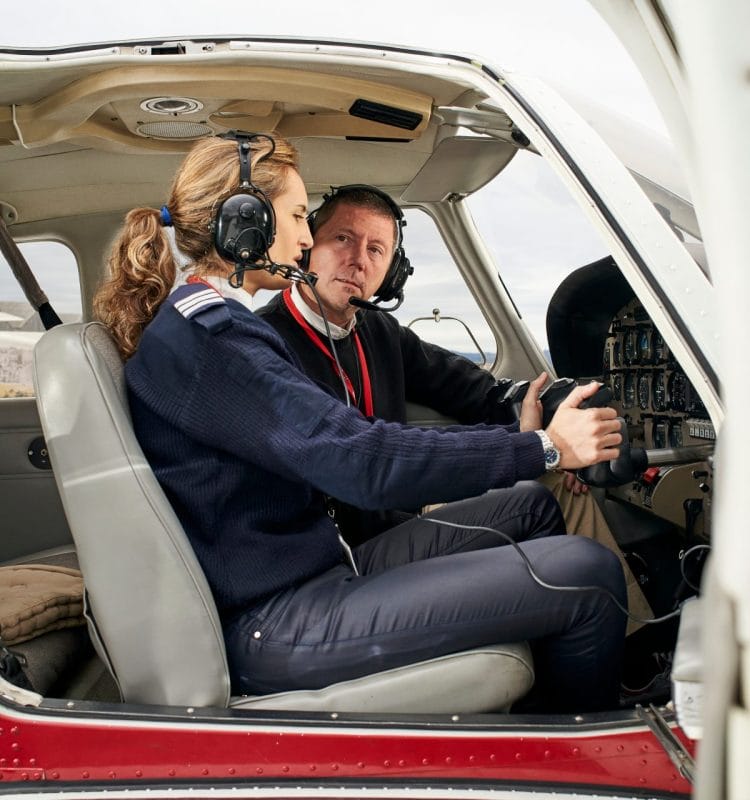EN


In the dynamic world of aviation, the integration of cutting-edge technologies has become paramount in enhancing pilot training and proficiency. A recent podcast interview with iMotions delves into the nuanced distinctions between research and operational pilot training, shedding light on the pivotal role of biosensors and eye tracking technologies in this field.
iMotions elucidates on the critical role of research and development (R&D) in creating data sets that establish norms for pilot training. The challenge lies in understanding what is considered normal or abnormal in various scenarios, such as different aircraft models or hardware configurations. R&D efforts focus on gathering insights into metrics like heart rate, search patterns, and other biometric data to define these norms. These norms subsequently serve as benchmarks for assessing pilot performance in real-time training scenarios.
Nam acknowledges that the primary barriers to implementing technologies like eye tracking in operational pilot training are adoption and knowledge. Traditionally, pilots rely on observational methods, making the transition to new technologies a challenge. The additional effort, time, and understanding required to integrate these tools may deter adoption. iMotions plays a crucial role in overcoming these barriers by providing an integrated platform that simplifies the interpretation of multiple signals, bridging the gap between expertise and implementation.
Wearable biosensor gear faces restrictions in commercial pilot training due to certification reasons and the need for a naturalistic cockpit environment. Issues such as the interference of helmets in military settings and concerns about signal transmission in commercial airlines contribute to these restrictions. While portable technologies exist, challenges arise in terms of data intensity, especially for long-duration flights. R&D simulations become essential, allowing for controlled environments where large amounts of data can be collected and analyzed without compromising in-flight operations.
The conversation concludes with insights into bridging the gap from lab-based research to real-world field applications. Nam emphasizes the collaborative efforts required between research entities, technology companies, and aircraft manufacturers to address the challenges in transitioning from controlled environments to actual flight scenarios.
As the aviation industry continues to embrace biofeedback technologies, overcoming these barriers is crucial for unlocking the full potential of data-driven insights in pilot training. The ongoing partnership between technology innovators and aviation stakeholders holds the key to a future where cutting-edge technologies seamlessly integrate into everyday operational practices, ensuring safer and more proficient skies.
Interested in eye tracking for pilot training? Download our Comprehensive Guide to Eye Tracking Technology for the Aviation Industry here, or contact us today to schedule a demo!
